Baldwin EVOLVED Cody KEVO Smart Lock Review: A Not So Smart Lock
Learn More at Baldwin
Retail Price: $797.97
technologically and Traditonally outdated
About a year ago, Alex and I moved into our new “smart” home built by Lennar. If you’re familiar with the popular home builder, Lennar, then you know that their motto is “everything included.” In addition to a number of other features included in the home (Alexa devices, wifi extenders, etc) came a Baldwin Evolved Cody full knob handle set that is integrated with the KEVO app that typically retails for approximately $700 dollars. This meant that we would hypothetically be able to grant remote access to friends and family when needed in the event that we were not home or did not have a physical key. How well does it work? Unfortunately not too well.
In a previous smart home tour video on our YouTube channel, we featured the Google Nest x Yale lock that we had used at our former condo. The deadbolt lock keypad was easy to install, setup, and incredibly convenient from a functionality standpoint. While that smart lock was exclusively a keypad, our new Baldwin lock functions like a traditional lock because it has a keyhole. It obtains it's smart guts through a small LED-lit finger indicator that allows for connected Bluetooth access. I had originally thought this was a fingerprint reader but alas, my smart home is not quite that smart. And while I know we’re here to mostly talk about the KEVO app, I wanted to also add that the Baldwin lock and handle-set paired for this technology is clearly made of high quality. A beautiful forged brass accents the front door in a durable and easy to clean manner. It’s a great front door handle by itself.
For those who may be relying on a traditionally branded handle, but also want to smartify their lifestyle, brands like Baldwin and Kwikset supply that option by partnering with KEVO. They essentially implement a programmable button inside the lock that grants users remote access to their doors on both iOS and Android devices. In our case, it was a matter of simply unscrewing three screws behind the plastic covering and pressing a small button with your app to pair. With the casing opened, 4 AA batteries need to be slotted in and replaced periodically to keep the smart guts functioning. In theory, after getting the batteries in, it should be just as easy as having an actual smart lock such as the Yale one mentioned previously. However, our experience is anything but that.
Lots of Downsides
Unfortunately, the fundamental fact that it has smart guts is where the conveniences end for us. With the KEVO app, you have one designated account that manages the lock. What that means is only the account of whoever connected the key to their phone first is able to grant access (both guest and permanent keys) and change ownership of the lock. Some of the settings include temporary (24-hour access), everyday access, and pre-set dates and times for scheduled keys. For example, if you are away and want to grant access to a housekeeper or pet sitter, then it’s supposedly easy enough to do remotely or schedule. The KEVO app access also shows a full log of locking and unlocking history so you know what days and times your door was open and by whom. The KEVO app is also great if you have children coming home from school or coming home late and want to check if they came home safely without physically waiting by the door. My biggest problem? The app is so finicky I was unable to even test out half its capabilities.
Once paired, it’s pretty simple to assign users as you can grant them access via their email addresses. However, where the KEVO app was truly flawed for me was in its lack of ability to accurately lock and unlock the door via the software. Doesn’t that take away from the whole remote lock thing? It was maybe a one out of three attempts where the lock actually did what I wanted it to do. More often than not, I would find myself with a connection error message even though I was right next to my lock staring at it. In the event the app does manage to work, if you’re outside and looking to quickly get inside the house, the lock takes approximately 20 seconds to fully let you in. I’m all for technological advancements but for that length of time, I could have simply given someone a copy of my physical key and they could get in more easily instead of waiting for the lock to figure itself out. By comparison, remotely unlocking our Yale Lock takes less than 5 seconds.
After more than a year living with the Baldwin x KEVO solution that we inherited as part of our builder’s plan for integrated homes, I can honestly say that we never use the KEVO app or any of the smart functions on the front door. It’s just too unreliable and a headache even for a family that is actually quite smart home savy. Every time we switch phones to review, installing the KEVO app and reapplying the lock is a hassle. It’s one that isn’t worth the trouble to setup. We go through none of this trouble in any regard with other smart locks and that’s why the Baldwin handle (as beautiful as it is) will be coming off.
The Final Verdict
As is with many different industries, there is a clear performance line drawn between a technology company making products in a segment compared to a traditional company making a tech product. From experience, the smart watch made by a tech company is always a better user experience, the car made by a tech driven company has a more fluid UX, and a smart lock made by a tech company opens doors better. Since Yale got into business with Google, we haven’t seen any product match the high level of reliability and infrastructure set by them. What Baldwin and KEVO have produced (at least on our home) is a potential turnoff to casual homeowners to futureproofing their houses. Polling some of our neighbors, it seems as if most of them don’t bother using any of KEVO’s tech in their everyday lives as they suffer from the same frustrating inconsistencies as we described in this review. The bugginess of the app and the lack of my ability to even update the app and firmware made the process and configuration incredibly infuriating. I never had these issues with my Google Nest x Yale lock and can only hope that these semi-smart locks get better in the future. For now, if you’re open to trying a non-traditional hardware brand, I would skew away from these KEVO compatible sets and try something truly smart. After all, if this deadbolt and handle set wasn’t already forced upon me when we got to the keys to the house, we would have gone with a brand we trusted right off the bat.

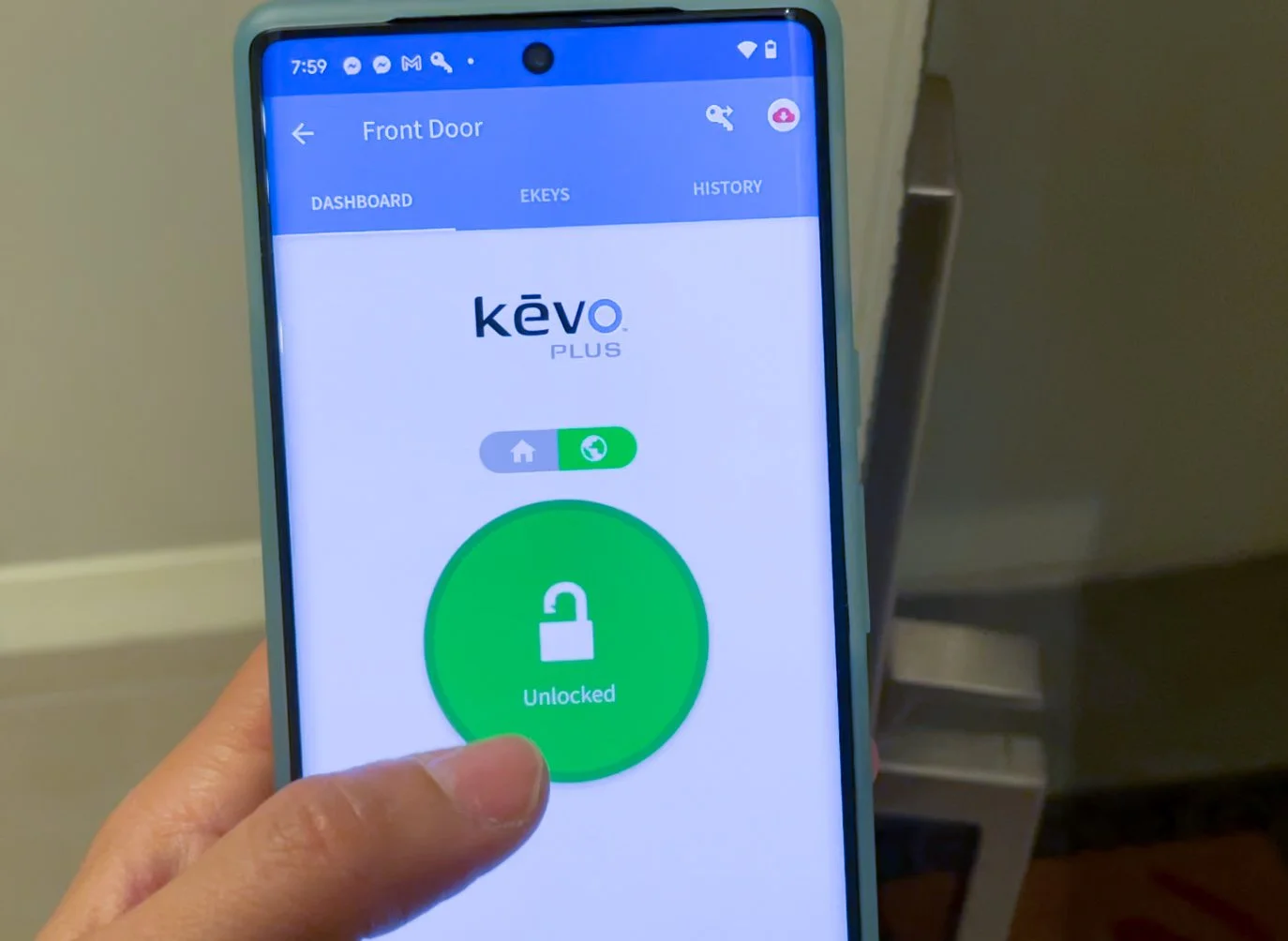
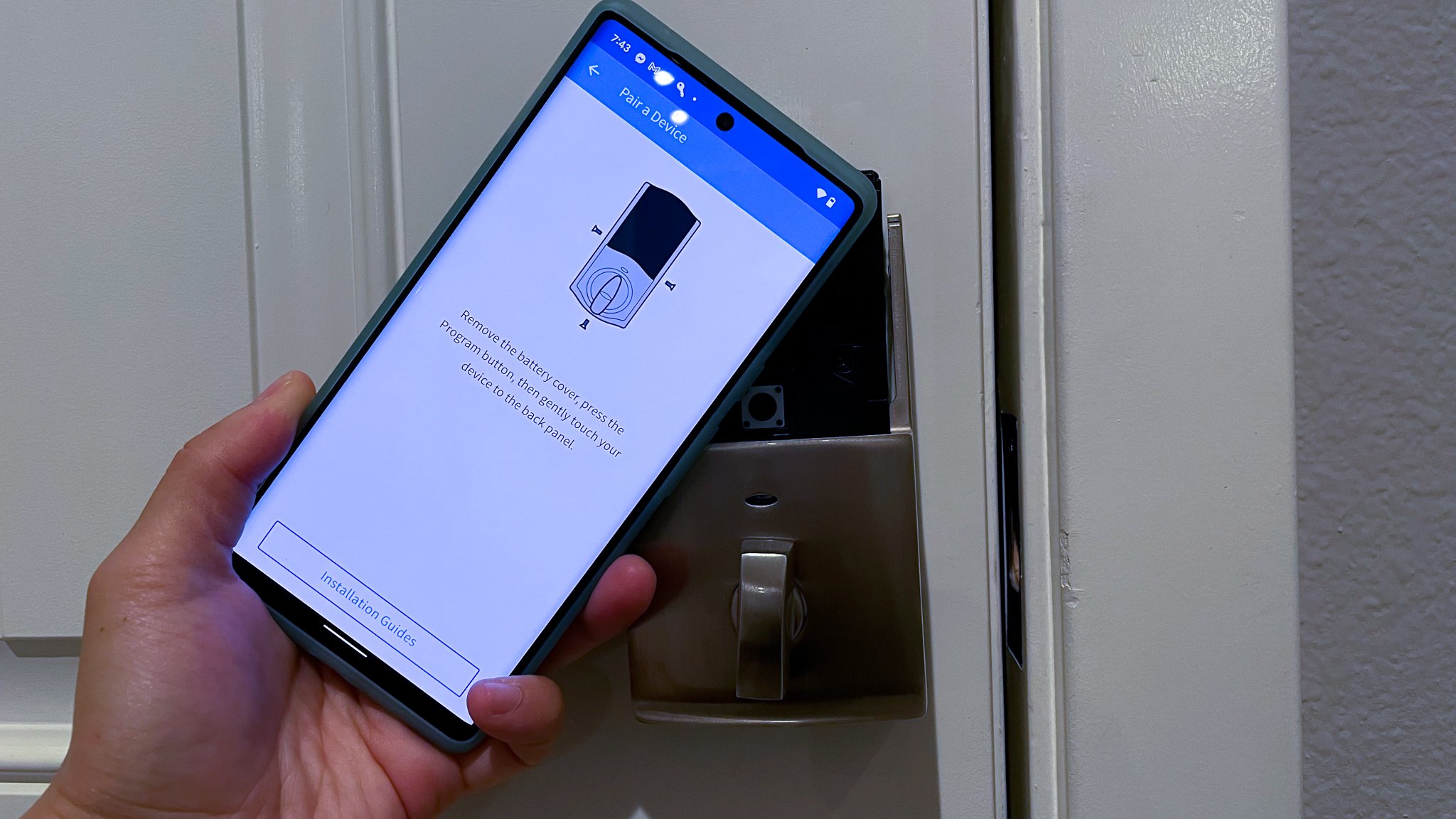
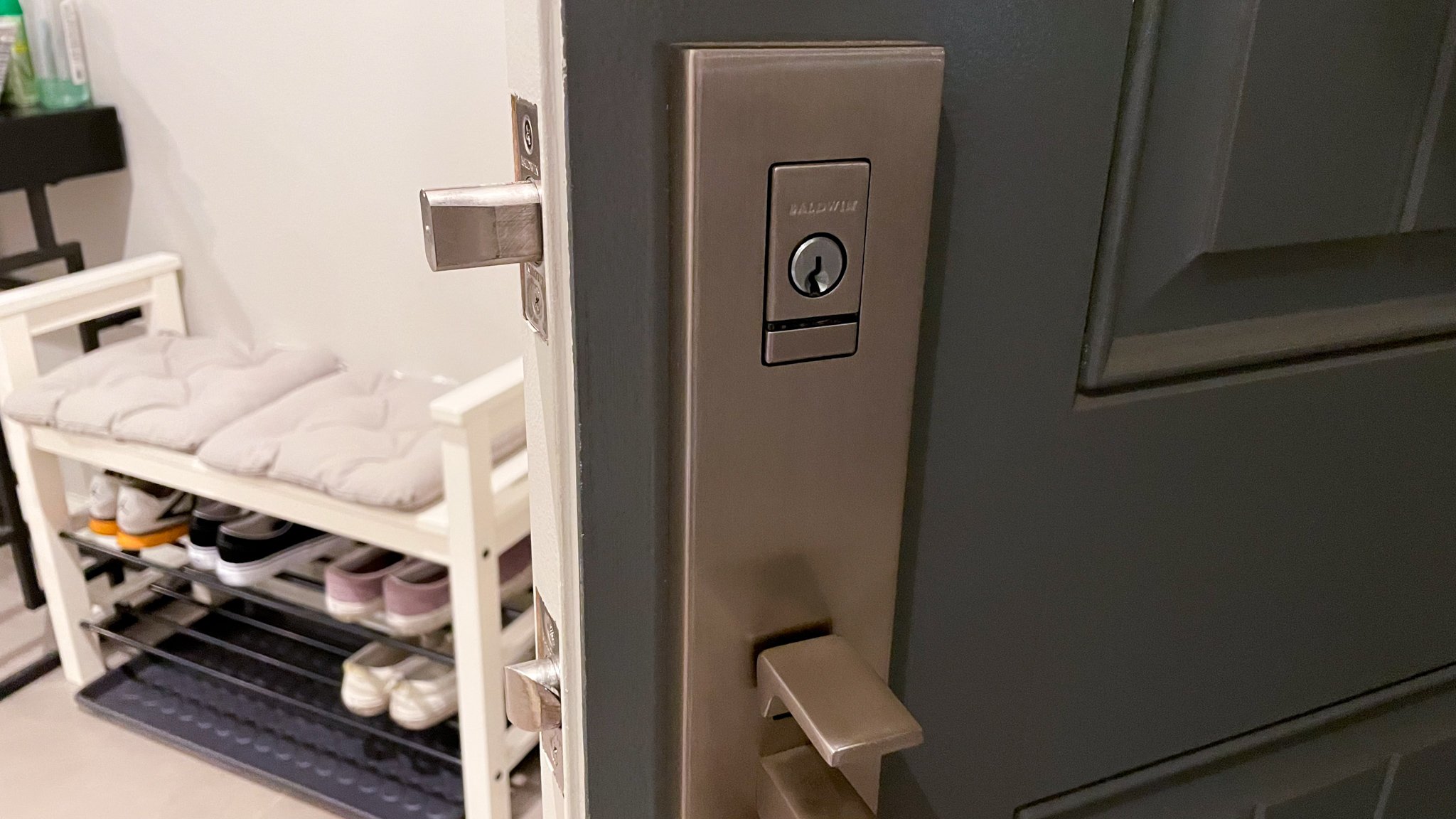
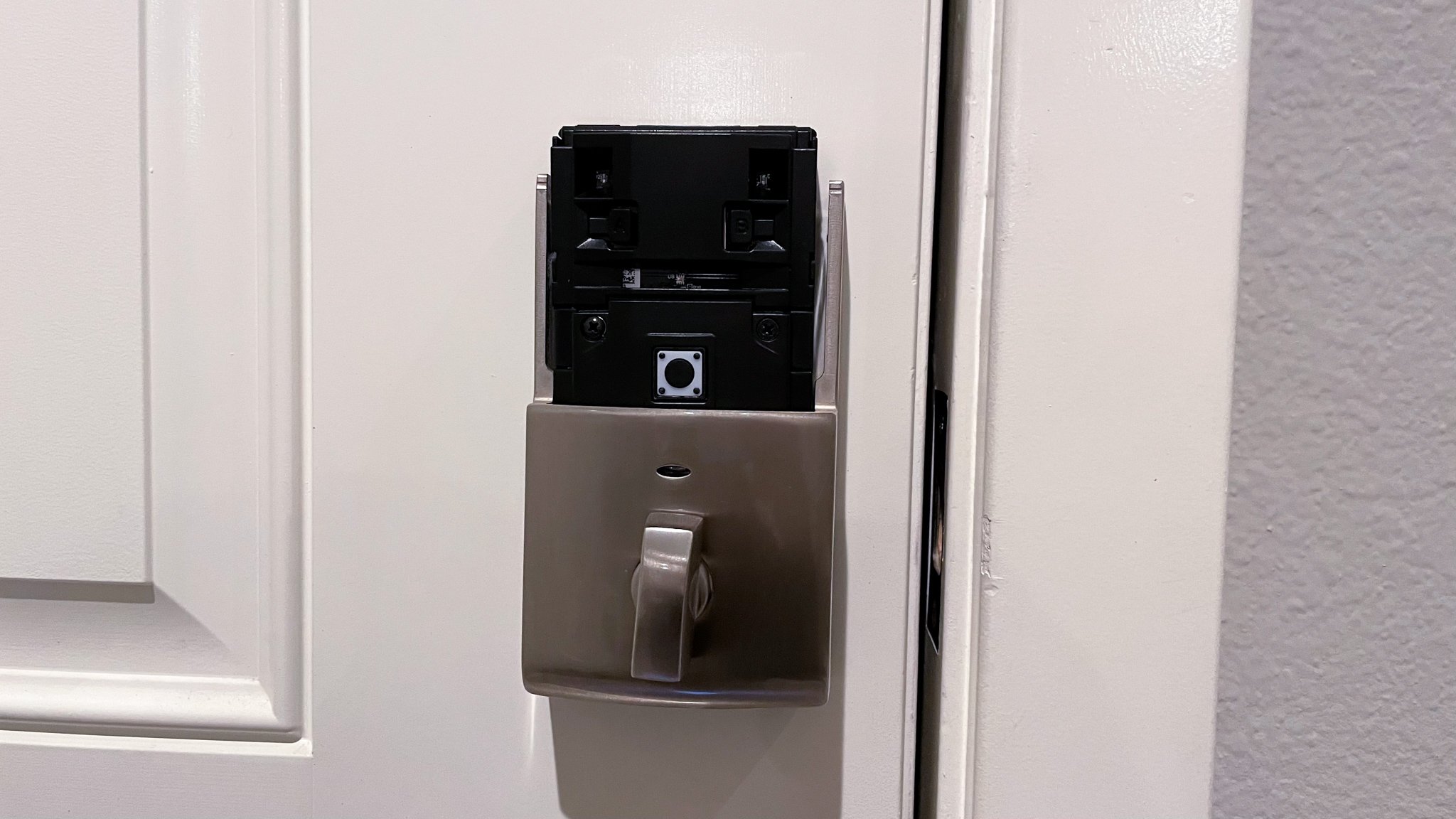
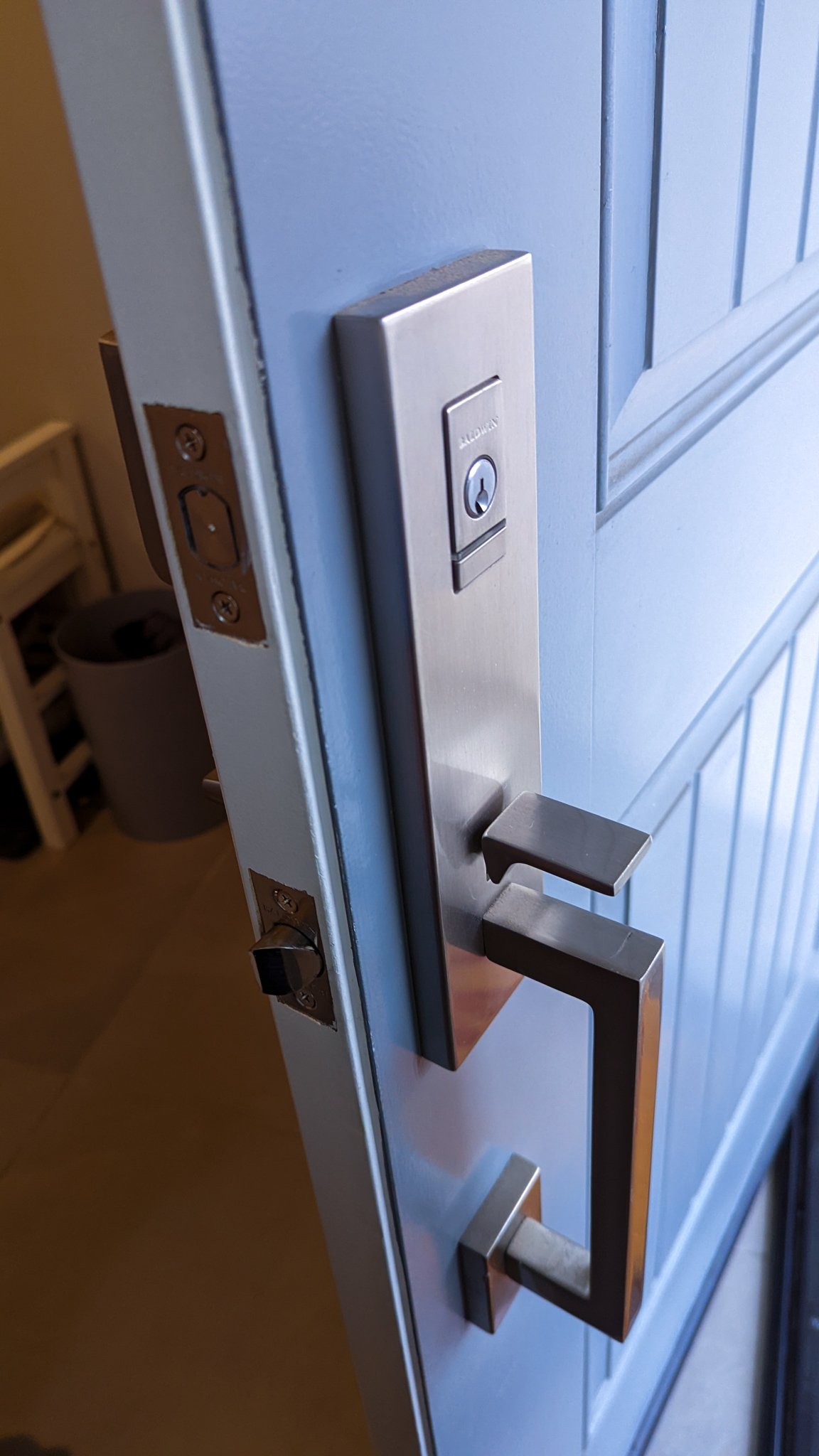









Lida
As a former narrative journalist turned data scientist turned product manager, Lida’s always looking for gadgets that can adapt and optimize with her. Whether it’s a device that survives Lida’s torturous, adult working itinerary days or makes life easier for her as a new mom, she’s always thrilled to try something new and (maybe) give it the praise it deserves.